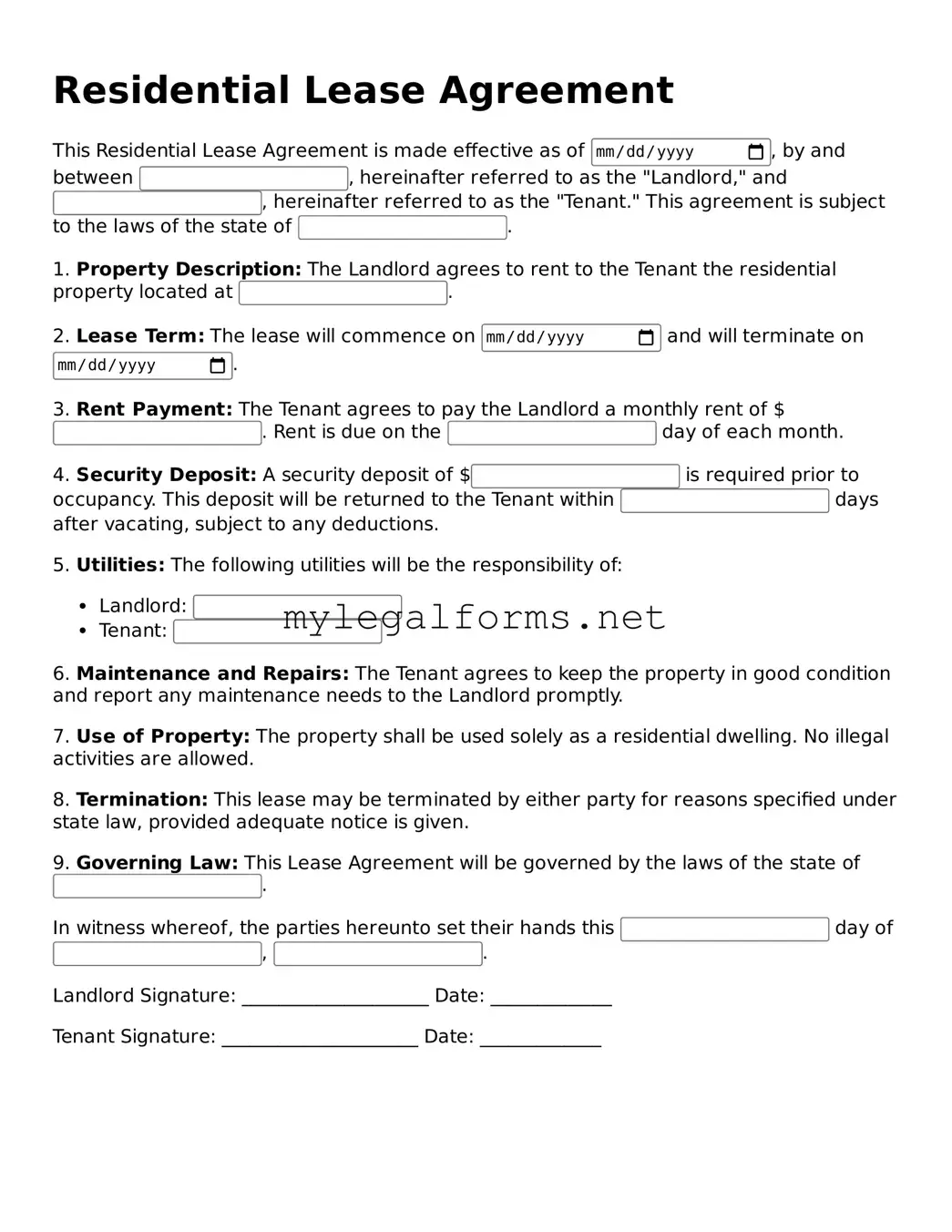Attorney-Approved Lease Agreement Form
A Lease Agreement is a legally binding contract between a landlord and a tenant, outlining the terms under which a property is rented. This document specifies important details such as the duration of the lease, rental payments, and the responsibilities of both parties. Understanding the components of a lease agreement can help ensure a smooth rental experience for everyone involved.
Launch Lease Agreement Editor
